Hitherto, as we have seen in our last issue, the use of the Beam and counter scale (single lever) all of
which incorporate an equal armed lever or beam, yield no mechanical advantage, loads counter balance
by weights. Also the Bismar and Roman steelyard can weigh substantial loads by means of relatively
small weights (resistant).
COMPOUND LEVER
A system (as in various weighing scales) of two or more levers arranged to transmit motion or force by linking an arm of each lever to an arm of the next lever in the train.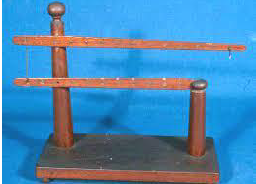

Although the discovery of the principle of lever as a means of weighing is
attributed to Archimedes (287-212 BC), it is a fact that common steelyard was
in use throughout the Orient and India many centuries before him which we
have seen in detail under the heading Bismar and Roman steelyards. But it is
believed only Archimedes defined the principle of lever mathematically.
COMPOUND -LEVER SCALES
In compound lever scales (platform scales) more
levers are linked, each affording a mechanical
advantage providing a more compact assembly
by suitable arrangement of the levers. The
Roman principle also forms the basis of
steelyards fitted to platform scales.

The Turnpike Act of 1741 authorized road trustees to erect at toll gates “any crane, machine or
engine, which they shall judge proper for the weighing carts wagons or other carriages” and charged
them to levy toll according to weight and to apply revenue to the repair of roads.
Although this Act increased the number of cart steelyards, the inconveniences of weighing by them spurred inventors to devise some less laborious and expeditious manner of weighing.
Although this Act increased the number of cart steelyards, the inconveniences of weighing by them spurred inventors to devise some less laborious and expeditious manner of weighing.
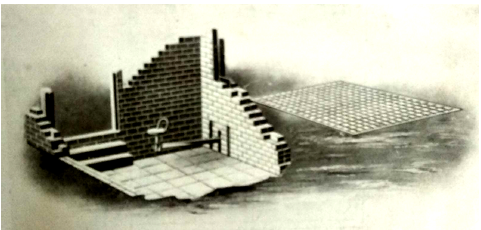
It has been claimed by Eayre and Yeomans that they invented
the platform scale, but John Wyatt constructed the first
compound lever platform scale around 1741 and his first
weigh bridge was erected at the Birmingham Work house.
Wyatt’s genius and the enormous value of his invention were
not recognized in his time.
The only scale in use in the United States at that time were the even balance and the Roman steelyard.
Weighing heavy and bulky products on the steelyard was a slow and laborious operation. When an
enthusiasm for growing hemp swept over Vermont, the problem became acute.
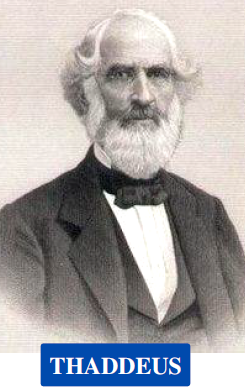
In 1824, Erastus joined Thaddeus’ lucrative business. The two brothers formed
the E & T Fairbanks Company in St. Johnsbury, Vermont. Once in business
together, the two brothers realized that the current weighing system yielded
inaccurate results. So, Thaddeus decided to invent a new,
more dependable weighing scale. Innovation found in the form of
Levers. Now his scale was not only accurate, but very stable. In
1830, Thaddeus built his first real scale and applied for a patent.
The new scale was a hit. There after the Fairbanks brothers
manufactured many different kinds of scales, including delicate
instruments for chemists and jewelers as well as huge platform
scales for railroads and canal weigh locks.
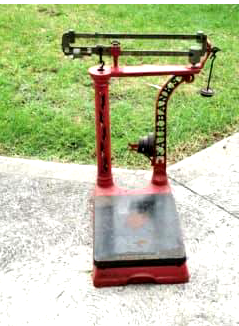
- Their agents took out a British patent in 1833. The later, however, was declared invalid when English scale makers proved that the invention had been in use for a number of years.
- It is only fair to add that the introduction of Fairbanks’designs led to great improvements in the manufacture of weighbridges and platform scales throughout the world.

Platform scale may be portable or dormant. Platform
scales include those of low capacity, frequently
referred to as bench platform scales, which can be
carried from one position to another, and those which
are moveable.
Dormant platform scales are essentially immobile, as their name implies and, in many features of construction, they resemble weighbridges. The name weighbridges was applied to relatively high capacity dormant platform scales used for weighing wheeled traffic i.e. road vehicles and rail trucks.
Dormant platform scales are essentially immobile, as their name implies and, in many features of construction, they resemble weighbridges. The name weighbridges was applied to relatively high capacity dormant platform scales used for weighing wheeled traffic i.e. road vehicles and rail trucks.
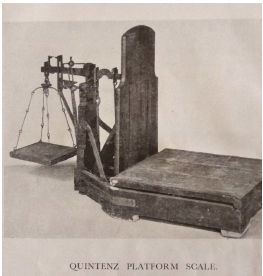

Weighbridges are used all over the world, both small and large companies,
as well as transport companies, weigh trucks that transport all types of
cargo, from food products to metals, as well as durable consumer goods or sold.